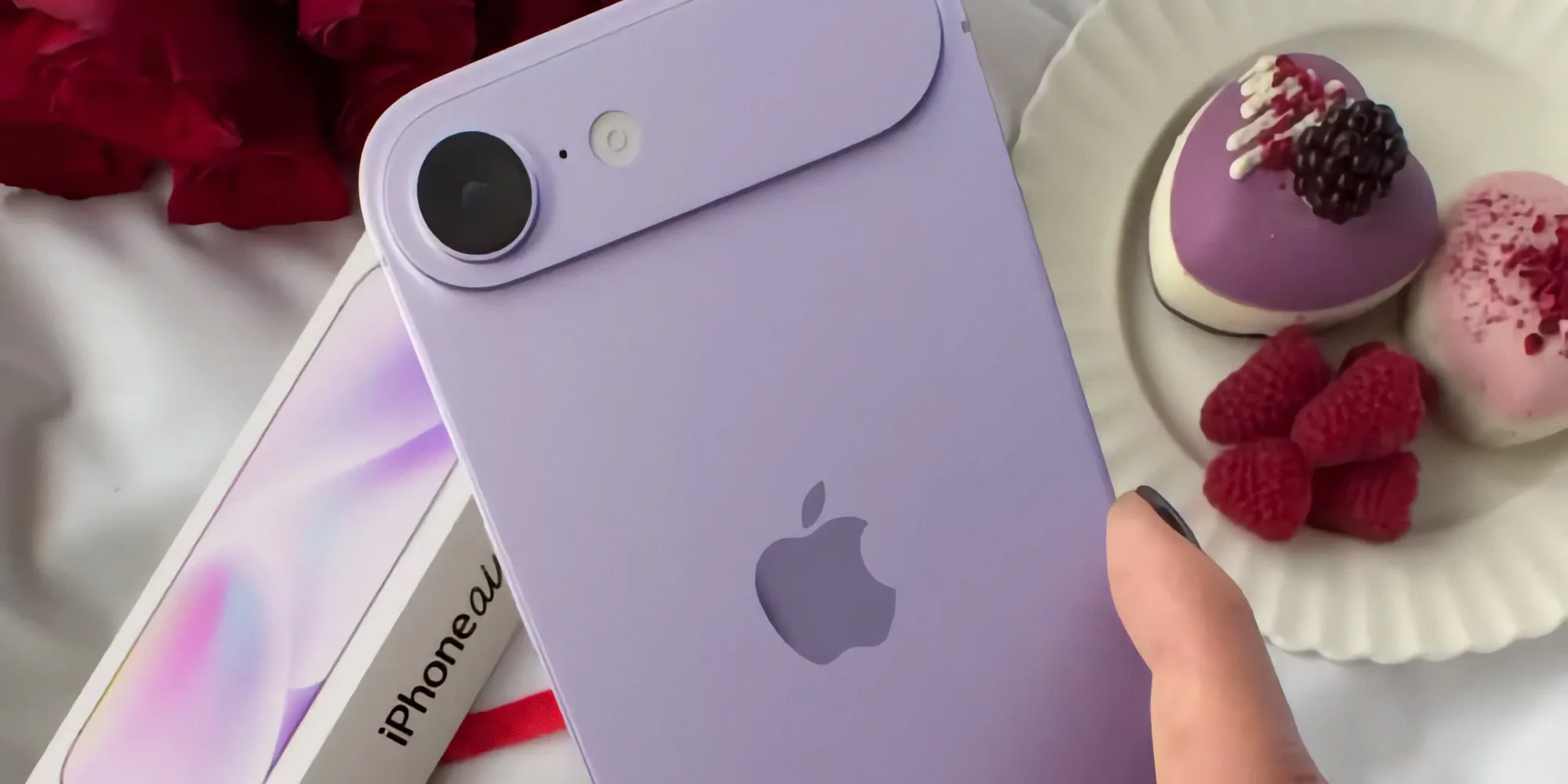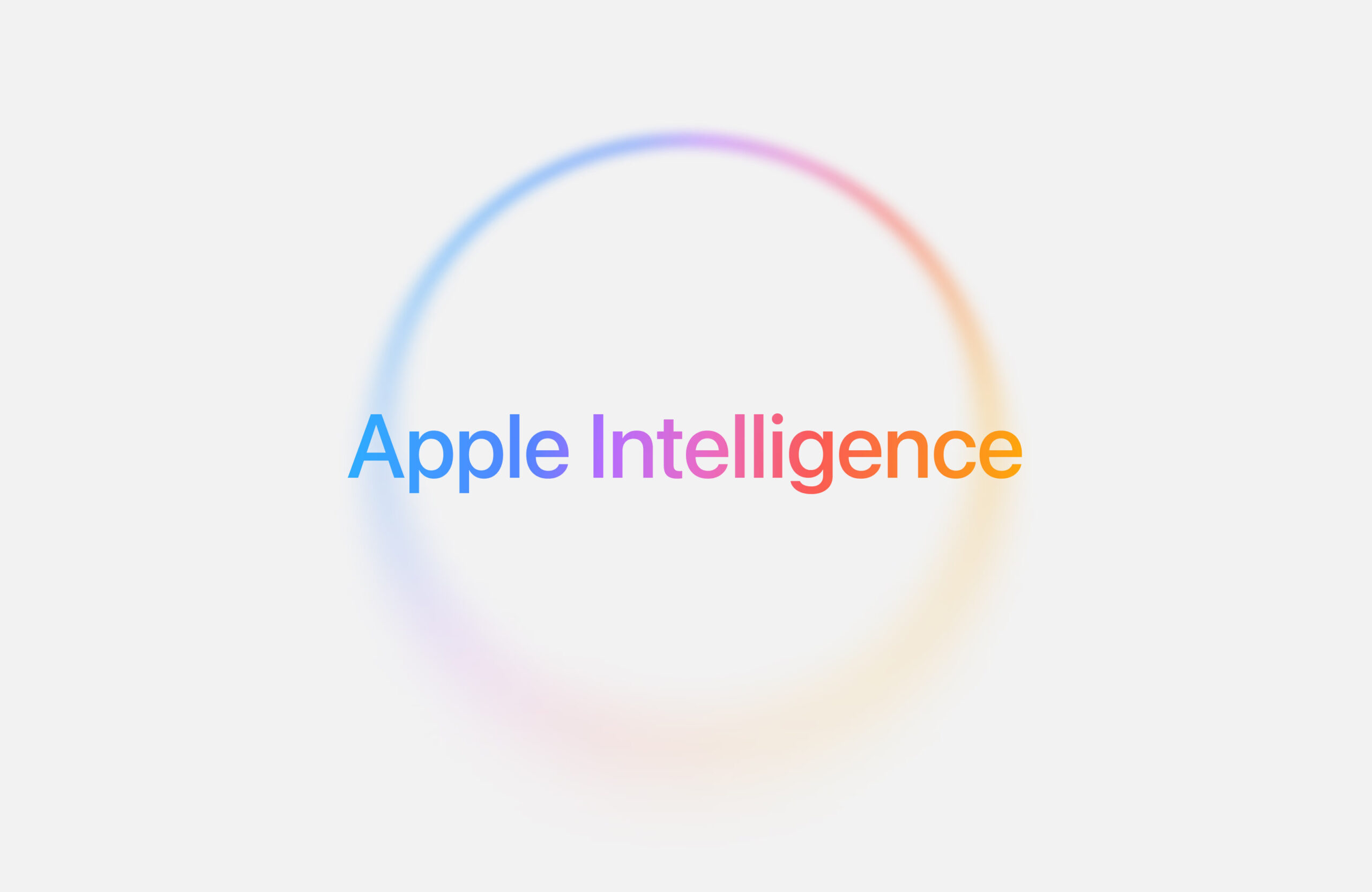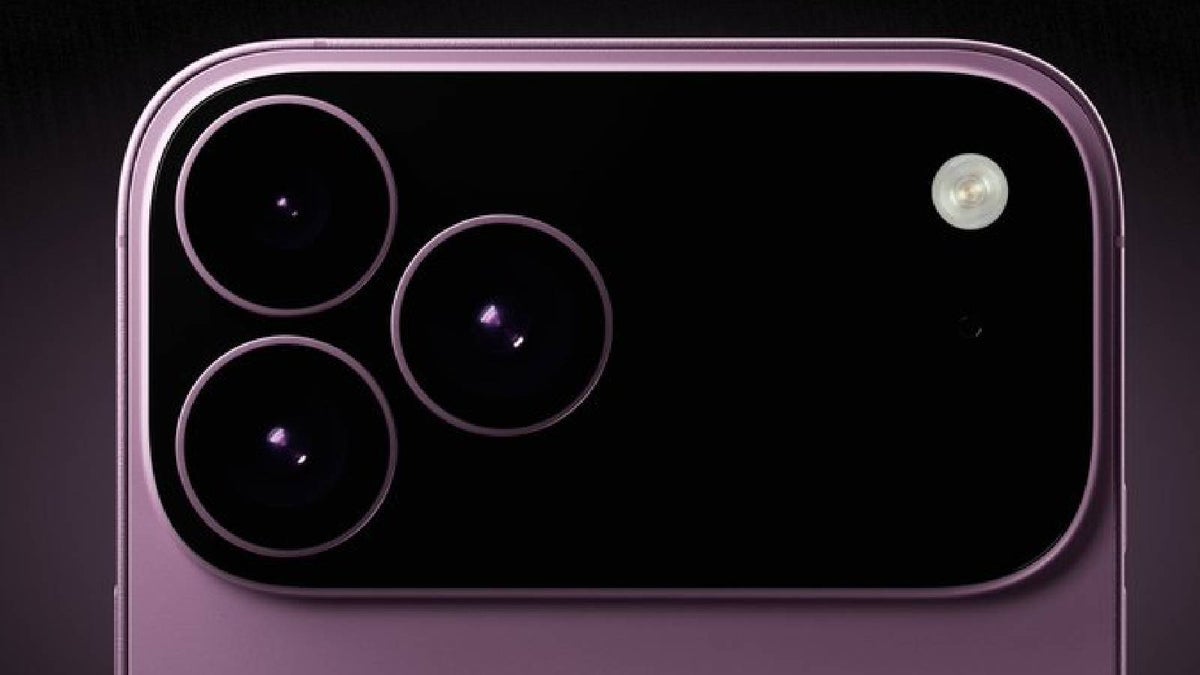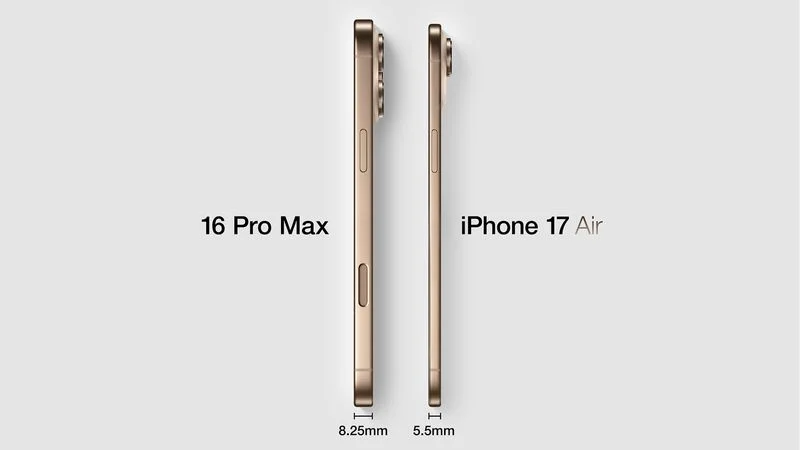Apple is getting ready to start trial production for the upcoming iPhone 17e, which might happen by the end of May, according to a report from Taiwan’s Economic Daily News. This early testing is an important step before Apple begins full production of the new phone later this year.
The iPhone 17e is expected to be part of the iPhone 17 lineup that could launch in 2025. While not many details are confirmed yet, it’s believed that this model will be the entry-level version in the series. It may come with a smaller 6.1-inch display and feature a dynamic island, which is a screen design first introduced with the iPhone 14 Pro models.
The report also says that Apple will produce the new iPhone 17e at its partner factories in India and China. Apple has been working on moving some of its production outside of China, and India is playing a bigger role in that shift.
While this is just a trial run and not the final production, it shows that Apple is moving ahead with its plans for the next iPhone models. More details about the iPhone 17e and the full lineup are expected to be revealed in the coming months.







